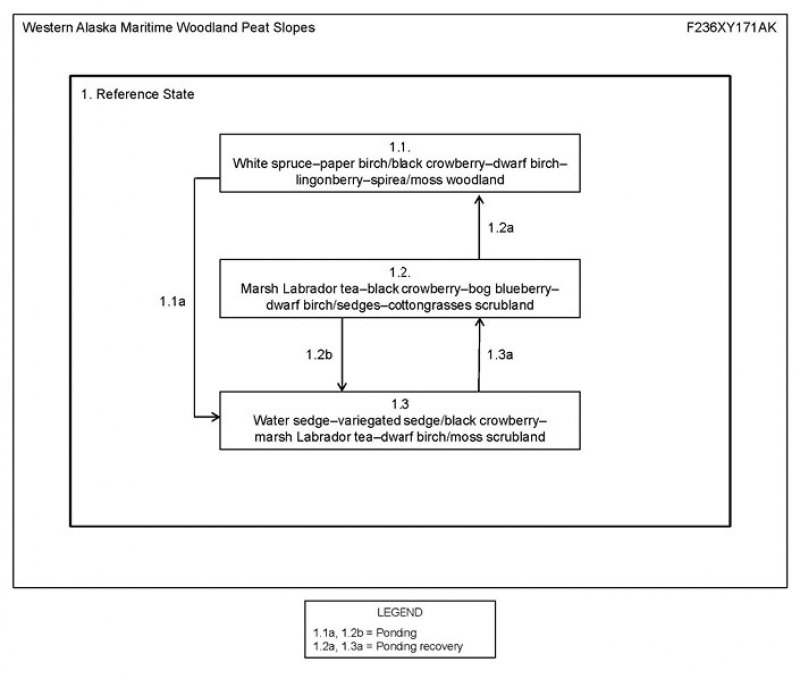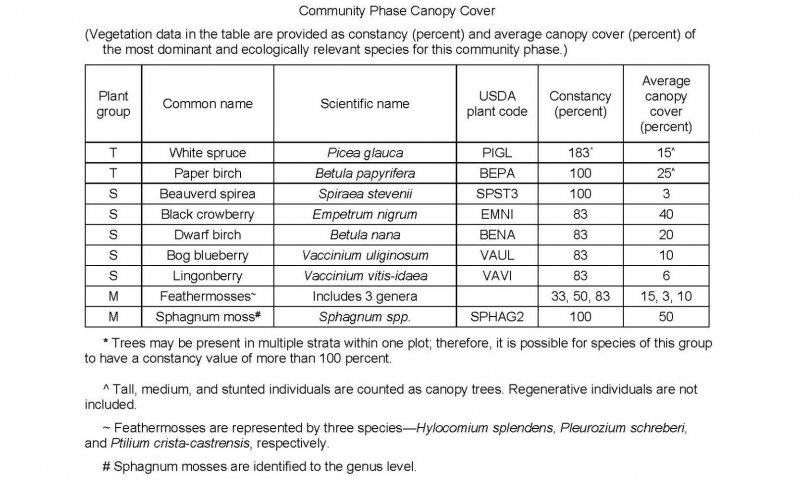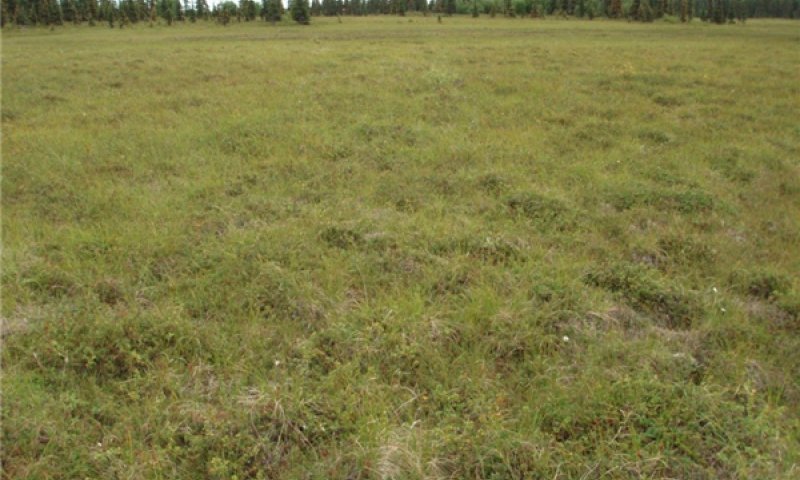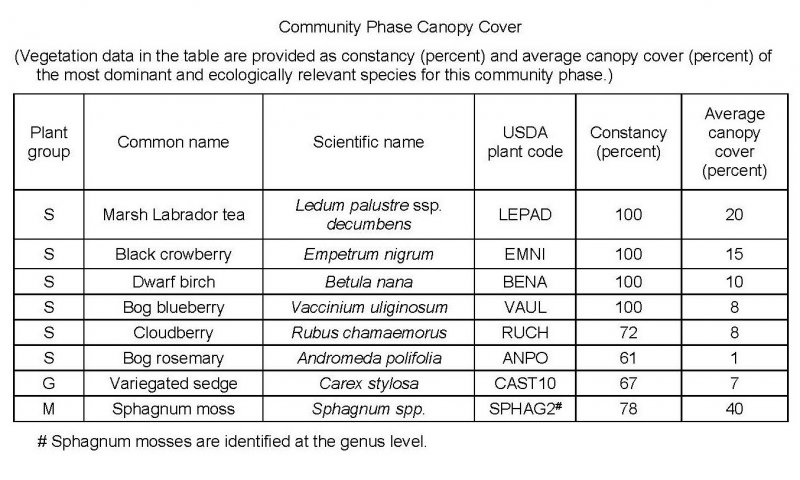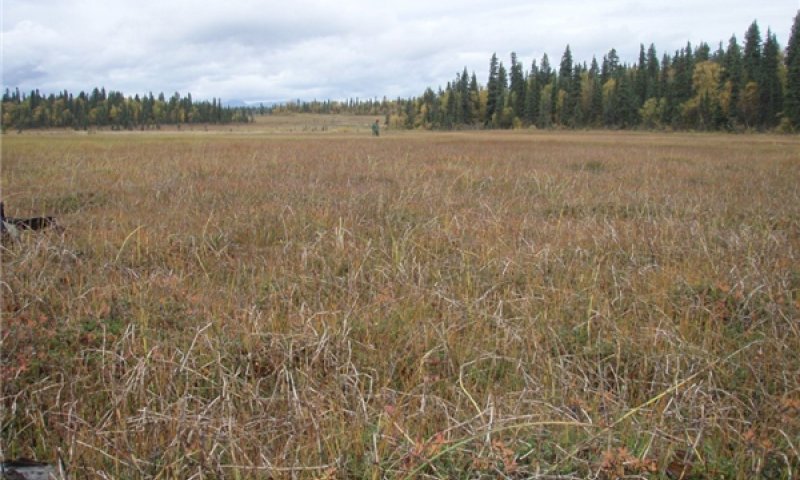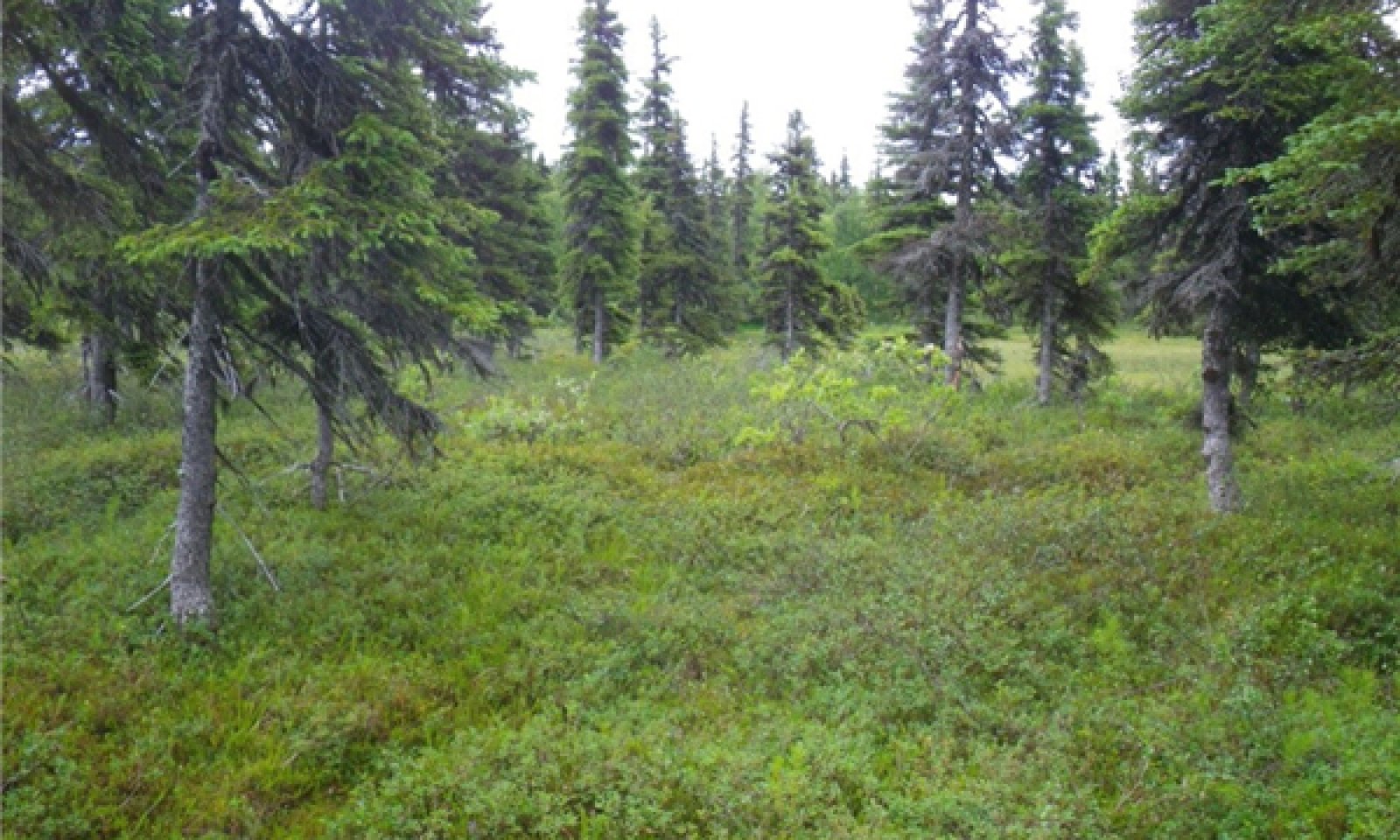

Natural Resources
Conservation Service
Ecological site F236XY171AK
Subarctic Woodland Loamy Slopes
Last updated: 2/13/2024
Accessed: 12/21/2025
General information
Provisional. A provisional ecological site description has undergone quality control and quality assurance review. It contains a working state and transition model and enough information to identify the ecological site.
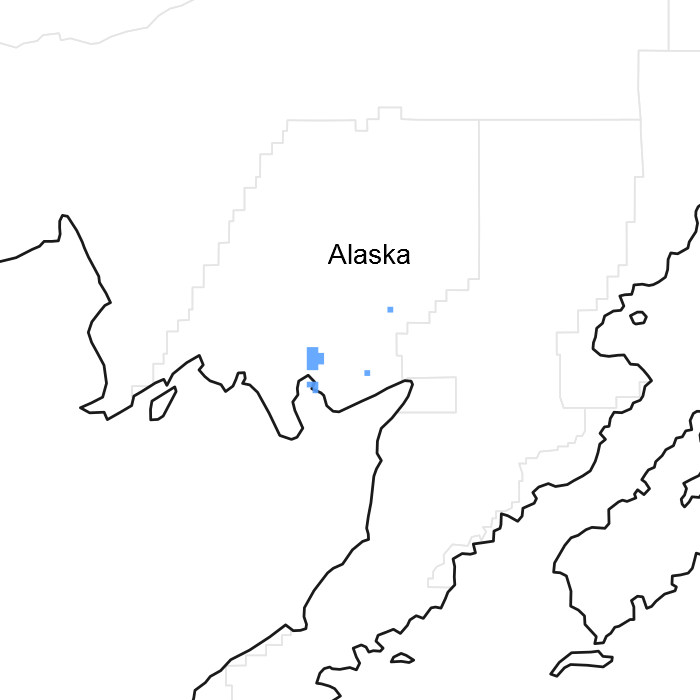
Figure 1. Mapped extent
Areas shown in blue indicate the maximum mapped extent of this ecological site. Other ecological sites likely occur within the highlighted areas. It is also possible for this ecological site to occur outside of highlighted areas if detailed soil survey has not been completed or recently updated.
MLRA notes
Major Land Resource Area (MLRA): 236X–Bristol Bay-Northern Alaska Peninsula Lowlands
The Bristol Bay-Northern Alaska Peninsula Lowland Major Land Resource Area (MLRA 236) is located in Western Alaska. This MLRA covers approximately 19,500 square miles and is defined by an expanse of nearly level to rolling lowlands, uplands and low to moderate hills bordered by long, mountain footslopes. Major rivers include the Egegik, Mulchatna, Naknek, Nushagak, and Wood River. MLRA 236 is in the zone of discontinuous permafrost. It is primarily in areas with finer textured soils on terraces, rolling uplands and footslopes. This MLRA was glaciated during the early to middle Pleistocene. Moraine and glaciofluvial deposits cover around sixty percent of the MLRA. Alluvium and coastal deposits make up a large portion of the remaining area (Kautz et al., 2012; USDA, 2006).
Climate patterns across this MLRA shift as one moves away from the coast. A maritime climate is prominent along the coast, while continental weather, commonly associated with Interior Alaska, is more influential inland. Across the MLRA, summers are general short and warm while winters are long and cold. Mean annual precipitation is 13 to 50 inches, with increased precipitation at higher elevations and areas away from the coast. Mean annual temperatures is between 30 and 36 degrees F (USDA, 2006).
The Bristol Bay-Northern Alaska Peninsula MLRA is principally undeveloped wilderness. Federally managed land includes parts of the Katmai and Aniakchak National Parks, and the Alaska Peninsula, Becharof, Togiak and Alaska Maritime National Wildlife Refuges. The MLRA is sparsely populated. Principal communities include Dillingham, Naknek, and King Salmon. Commercial fishing in Bristol Bay and the Bering Sea comprises a major part of economic activity in the MLRA. Other land uses include subsistence activities (fishing, hunting, and gathering) and sport hunting and fishing (USDA, 2006).
Ecological site concept
This boreal ecological site is on sloped plain talfs. Site elevation ranges from 10 to 190 feet above sea level. Slopes are nearly level to gentle (0 – 8 percent). Soil hydrology and local slope gradient shape the vegetation on this landform. Soils are typically poorly drained with a histic epipedon and aquic conditions throughout. These conditions limit where a forest may develop in this site. A woodland typically only develops in the drier areas of this landform, commonly where slope gradient is highest. The effects of soil wetness are decreased here due to increased run off and drainage. Level slopes generally support wetter soil, which exclude trees and support hydrophytic shrubs and graminoids.
The reference state supports three communities. The reference plant community is characterized as a mixed woodland (Viereck et al., 1992). It is composed of a white spruce and birch overstory with ericaceous shrubs and moss in the understory. Other communities on this site are limited by wetter soils. Communities on this site are relatively stable, as a marked change in site hydrology is typically required to elicit a vegetative response or community shift.
Associated sites
| R236XY124AK |
Subarctic Tall Scrub Loamy Convex Hillslopes R236XY124 describes a scrubland on convex plain slopes. It is associated with well drained soils with no water table. |
|---|---|
| F236XY115AK |
Boreal Forest Loamy Moist Slopes F236XY115AK describes a forested plain on well drained soils. It is found on similar landforms as this site, but differences in soil, and particularly soil wetness, prevent a forest from developing on areas described by F236XY171AK. |
| R236XY127AK |
Subarctic Sedge Peat Plain Depressions F236XY127AK is found in concave dips in plains. Soil is organic and very poorly drained and does not support the trees found in R236XY171AK. |
Similar sites
| R236XY140AK |
Subarctic Tussock Tundra Wet Loamy Plains R236XY140AK is associated with a soil similar to that of F236XY171AK. R236XY140AK is found in upstream areas of the Nushagak River, where local climate excludes the presence of trees. |
|---|
Table 1. Dominant plant species
| Tree |
(1) Picea glauca |
|---|---|
| Shrub |
(1) Empetrum nigrum |
| Herbaceous |
(1) Carex |
Click on box and path labels to scroll to the respective text.
Ecosystem states
State 1 submodel, plant communities
| 1.1a | - | Increased hydrologic pressure |
|---|---|---|
| 1.2a | - | Decreased hydrologic pressure |
| 1.2b | - | Increased hydrologic pressure |
| 1.3a | - | Decreased hydrologic pressure |
